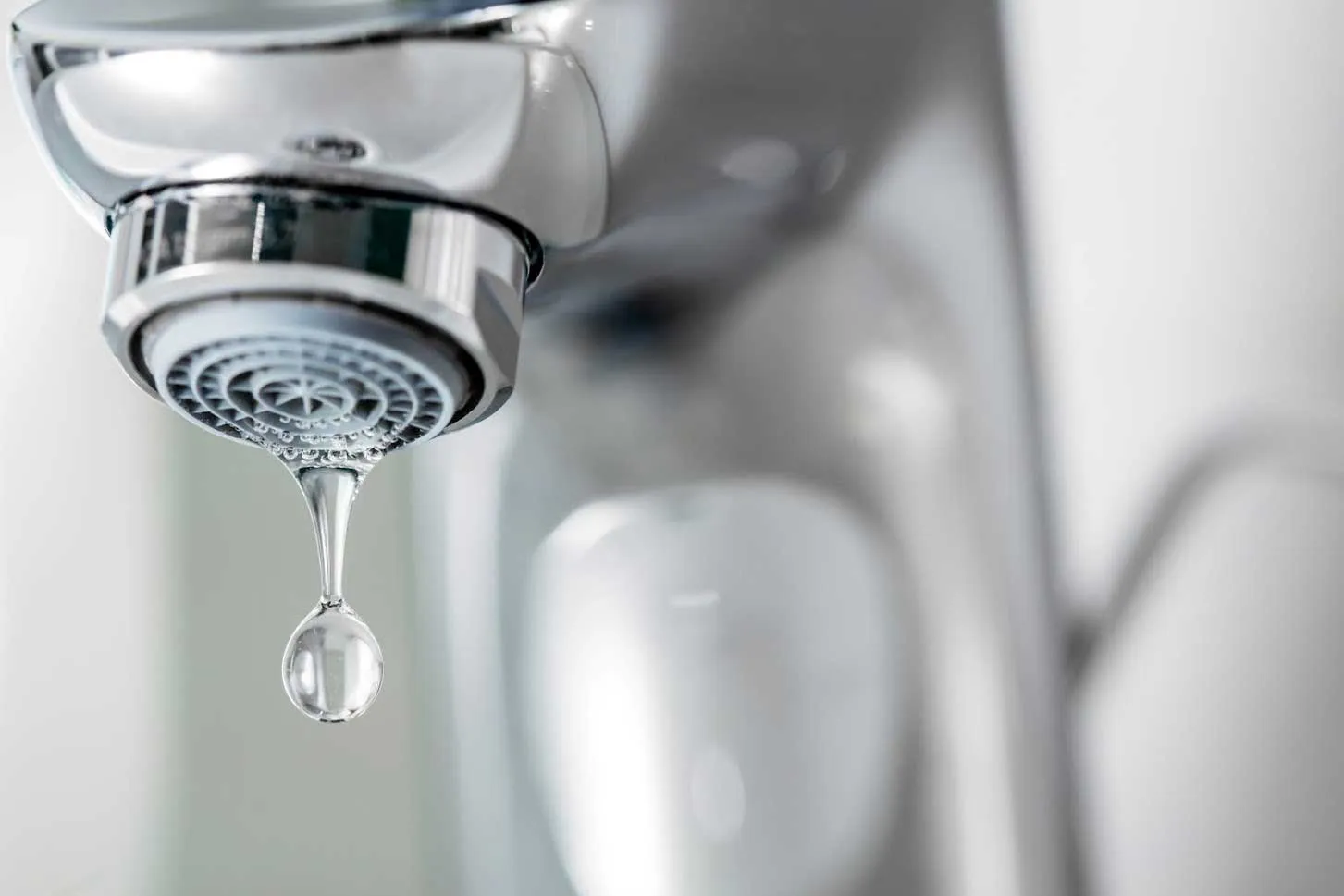
5 Common Well Contaminants and How They Get There
Many people choose well water over city water because of its affordability. However, when you remove the city water, you become responsible for keeping your drinking water clean and healthy. If you want to be sure your well water remains clean, check out these five common well contaminates and how they get there.
1. Microorganisms
Microorganisms are everywhere, including in water and soil. Many of them are harmless, especially in small amounts, but even dangerous microorganisms may exist inside your drinking well. E. coli, in particular, is often in drinking wells because it is so common in soil and animal waste. Another common bacteria in well water is Leptospira, which can cause fevers, vomiting, jaundice, or rashes.
Other diseases associated with contaminated well water include polio, cholera, typhoid fever, and dysentery. Many of these contaminants get into the drinking water via soil or animal waste. For this reason. test your well for bacteria at least once a year. Of course, if the water changes color, odor, or taste, test it then too.
2. Heavy Metals
Well water and soil also contain different types of metals, including heavy metals, which can cause health complications. One type of metal contaminant is chromium, which comes from discharge from steel mills and causes allergic dermatitis. Copper can come from household plumbing, and it causes short-term complications (gastrointestinal distress) and long-term complications (kidney or liver damage).
If your plumbing system is older, you may also end up with lead in your drinking water. Lead is terrible for everyone, but it is particularly dangerous for developing children as it causes delays in physical and mental development. In adults, it can cause kidney issues.
3. Nitrates
Nitrate forms when nitrogen and oxygen (or ozone) combine, and while humans need small amounts of nitrates, too much can cause major health complications. Your well water will naturally contain some nitrate because nitrate occurs naturally in water. However, if your well has been improperly installed or chemical fertilizer runoff has reached your well, nitrate levels may be too high.
Everyone can suffer when exposed to too much nitrate, but developing children and pregnant women are at a higher risk of developing long-term complications. Luckily, you can easily reduce the amount of nitrates with water treatment processes like ion exchange and reverse osmosis.
4. Radon
Radon is a naturally occurring radioactive gas, and it is found in soil. If your soil or groundwater happens to contain high amounts of radon, however, this can cause complications. Most sources of groundwater with high levels of radon flow through granite and gravel. Long-term exposure to radon can increase your risk of organ cancers.
You’ll want to test your water occasionally for radon, and if you do find high levels of radon, two treatment options you can choose from are granular activated carbon and aeration devices. Both help remove radon from the water.
5. Fluoride
Fluoride is another naturally occurring mineral in soil and water. It is often added to city water systems because of its ability to strengthen tooth enamel. However, as with most minerals, too much fluoride can lead to health problems.
Too much fluoride can lead to dental fluorosis, which causes harmless discoloration on the teeth. Skeletal fluorosis, however, damages your bones, causing them to lose flexibility. Other health complications from fluoride include thyroid problems, neurological problems, cardiovascular problems, reproductive issues, and bone cancer.
Well water can be a great alternative, but you need to keep the water clean. If you would like to know more about well maintenance, or if you need a quote for testing, treatment, or repairs, contact us at Bruce McKay Pump & Well Service today.
